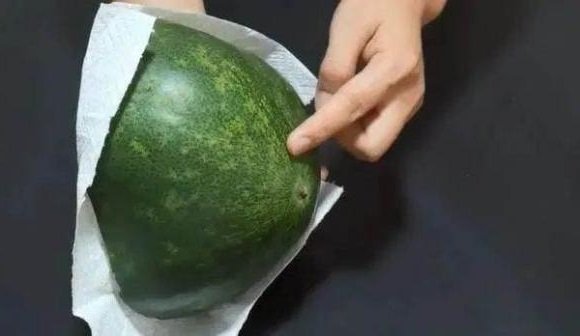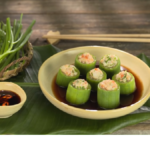Tips for Storing Green Squash
Green squash, also known as luffa squash or white gourd, has cooling and skin-nourishing properties. This versatile vegetable can be boiled, steamed, stir-fried, or added to soups and stews. A single squash is usually quite large and often too much for a single meal. To store the leftover portion, follow these simple steps to keep it fresh for longer.
When you cut into the squash, separate a piece that you plan to consume immediately. The cut surface will start to ooze a sticky liquid, which is susceptible to bacterial growth. Use a paper towel to blot this liquid dry.

Next, apply a thin coat of clear liquor (such as vodka or grain alcohol) to the cut surface of the squash. This acts as a disinfectant and helps prevent bacterial growth.
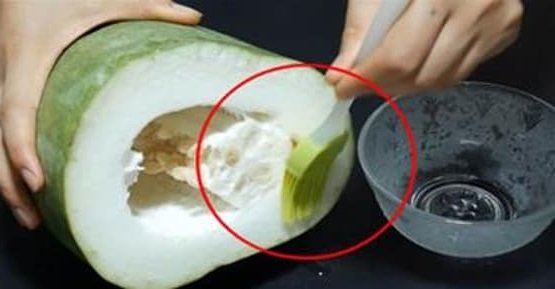
Once the liquor is applied, wrap the cut surface of the squash securely with plastic wrap.
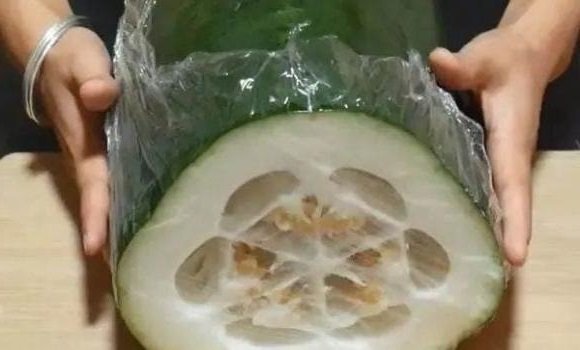
Finally, place the wrapped squash cut-side down on a clean, dry surface in a cool, well-ventilated area.
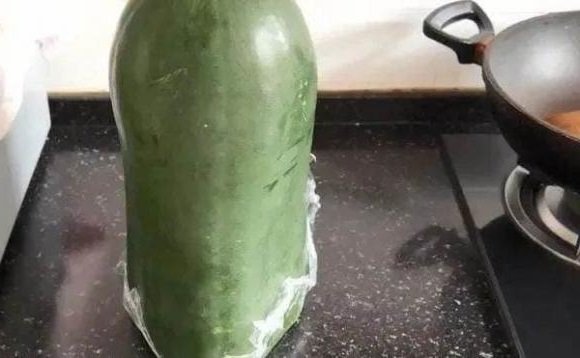
Using this method, you can expect your green squash to stay fresh for up to 10 days.
Tips for Storing Winter Squash
Winter squash, also known as pumpkin, is a popular and versatile ingredient loved by many. Its natural sweetness lends itself well to soups, porridge, stews, baked goods, and more, each preparation offering a unique flavor experience.
Most winter squash varieties are quite large. At markets and grocery stores, it is common to find pre-cut slices wrapped in plastic, which, although convenient, may not be as fresh as a whole squash. Additionally, it is difficult to determine how long these pre-cut slices have been sitting out or if they were cut from a squash that was already past its prime.

If you purchase a whole winter squash, follow these storage tips to keep it fresh for longer. With this method, you can expect your squash to last for months without compromising its quality.
When you get home, cut a piece that you plan to use immediately, leaving the rest intact. Do not rinse or soak the remaining portion, as moisture will accelerate spoilage. It is crucial that the uncut portion remains dry.
Use a spoon to scoop out and discard the seeds and fibrous strands from the inside of the squash. This part tends to spoil quickly, so it is best to remove it first.
Using a clean spoon, gently rub salt onto the cut surface of the squash. There is no need to salt the inside cavity.

Salt acts as a natural disinfectant, inhibiting bacterial growth and preventing spoilage. After salting, wrap the cut surface of the squash with plastic wrap and store it in the refrigerator.
When you’re ready to use the squash, simply cut away the salted surface. With this method, you can expect your winter squash to stay fresh for up to a month.
According to Xe và thể thao

























